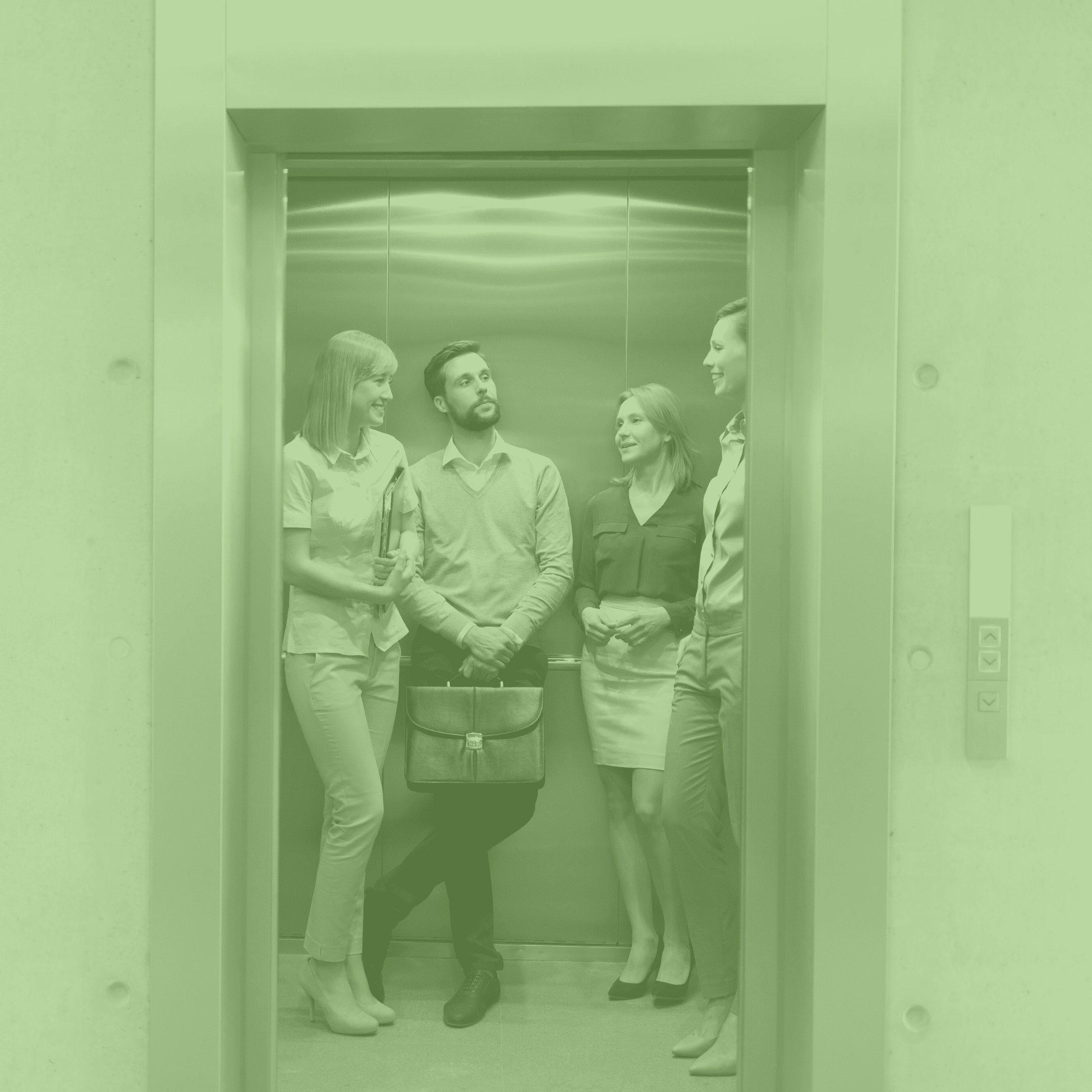Do instant messaging applications kill creativity?

I’ve been doing a lot of keynote speaking of late on the topic of creating the perfect workday. I discuss things such as how to get focused work done in the age of digital distraction, how to free up time for innovation, how to best structure your day to remain energised throughout (even in the dreaded post-lunch dip), among other such things.
A question I almost always get asked is: “what is your advice around teams using Slack (or insert instant messaging software here)?” Isn’t Slack the communication tool of choice for creative teams? Well, according to recent research from Harvard Business School, it might not be so great after all.
Associate Professor Ethan Bernstein and his colleagues conducted a study to examine the optimal amount of team interaction to solve complex problems. They looked at teams where individual members worked in isolation, teams that constantly interacted (e.g. via Slack), and teams that interacted intermittently. All teams set out to solve the same problem so that the researchers could compare the quality of the solutions.
Bernstein and his colleagues found that groups whose members worked in isolation had the greatest amount of variance in the quality of their solutions. They produced some of the best ideas, but also some of the worst. In contrast, groups that communicated constantly had a high average quality across all their solutions but failed to produce any of the highest rated ones.
What really surprised the researchers is that the groups that interacted intermittently had the best of both worlds. These groups had a high average quality of their solutions – comparable to the groups that worked together constantly, but because they were interacting for only part of the time, they also had enough variation to produce some of the highest quality solutions compared to the other groups.
Want to learn 10 steps to creating your perfect workday?
I’ve created a report that will teach you 10 science-based strategies to eliminate distraction, turbo-charge progress on your most important projects, and the ideal way to end your workday.


